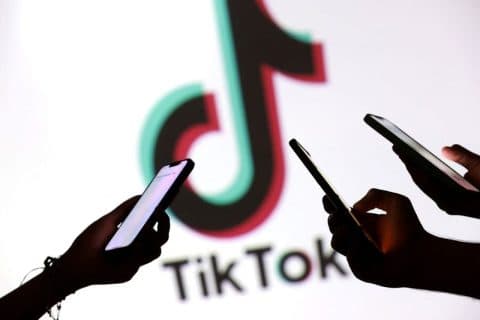Netflix Treats Stranger Things Finale Like Summer Blockbuster
Netflix mounted an expansive marketing and merchandising campaign as Stranger Things entered its fifth and final season, turning the television finale into a mainstream cultural event. The effort matters because it reveals how streaming platforms are monetizing tentpole series through experiential events, brand partnerships, and retail tie ins to drive viewers and revenue.

Netflix launched a wide ranging promotional push around the fifth and final season of Stranger Things, culminating in a Los Angeles bike ride event called "One Last Ride" on November 25, 2025, Reuters reported. The campaign combined experiential activation, licensed merchandise and corporate tie ins to treat the conclusion of a beloved show like a major theatrical release, and it offers a window into how streaming companies are expanding revenue beyond subscriptions.
The Los Angeles ride was one visible element of a broader strategy that included pop up activations, product collaborations and retail rollouts timed to the season finale. Reuters noted that Netflix struck merchandising deals and worked with commercial partners to amplify reach, while fans turned out in significant numbers for public events and themed experiences. The scale of the campaign underscored Netflix's intent to extract greater value from one of its few undisputed cultural properties.
For Netflix, the finale represents both a promotional opportunity and a business test. As subscriber growth has slowed in recent years, the company has leaned into tentpole shows as multi platform franchises that can fuel sign ups, short term viewing spikes and ancillary revenue. By staging public spectacles and licensing goods, Netflix can monetize fan enthusiasm through ticketed experiences, merchandise sales, brand partnerships and incremental advertising on its ad supported tier.
The approach also mirrors strategies long used by Hollywood studios, where major film finales are accompanied by licensing, cross promotion and experiential marketing to create a weeks long cultural moment. For streaming, however, the calculus is different. A series finale offers a chance to re engage lapsed viewers, generate social media buzz and capture earned publicity that can translate into new subscriptions or higher ad rates. The Stranger Things finale is being positioned to do all three.

Culturally, the campaign tapped into the show's role as a generational touchstone. Stranger Things has been a flagship property for Netflix, shaping fashion, music playlists and a steady flow of internet memes since its debut. The final season and its surrounding events crafted a form of collective closure, while also commercializing that communal experience. That dynamic raises questions about how fandom and ritual around media are increasingly mediated by corporate activation.
There are social implications beyond commerce. Large scale promotions reshape public space, pull fans into curated experiences and can amplify inequities in access when premium events or collectibles are priced out of reach for many. At the same time, these campaigns create livelihoods for vendors, artists and small businesses participating in licensed opportunities.
As streaming companies compete for cultural moments, the Stranger Things finale provides a laboratory for the industry. Netflix's investment in marketing and merchandising reflects a strategic shift toward treating television as a platform for franchise building and retail revenue, not merely episodic entertainment. How effectively that translates into sustained subscriber growth and long term brand value will be watched closely by studios, advertisers and the millions of viewers who have grown up with the Upside Down.


